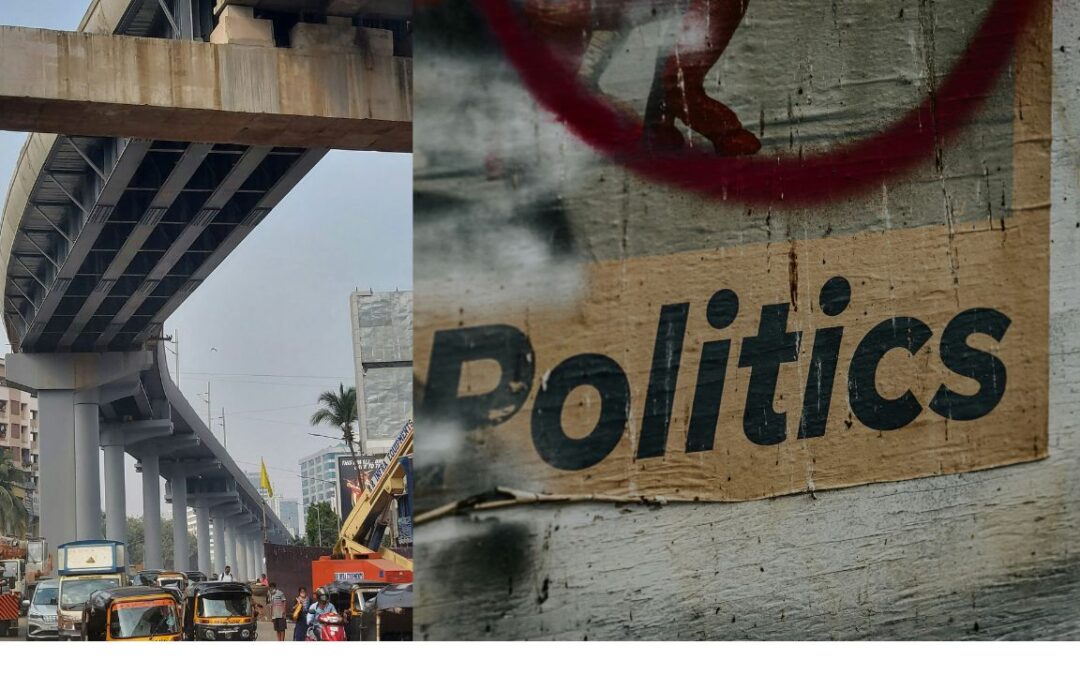Infrastructure and Elections in Africa
Elections are incomplete without campaigns, often intense periods of convincing the electorates to vote in favour of a candidate or political party. In many parts of Africa where infrastructure sectors are relatively under-developed, politicians engage infrastructure as a campaign tool to score points at the polls. Promises to build roads and fix epileptic power supply are constant features of electoral campaigns. Using infrastructure as a campaign score point means that political candidates highlight infrastructure projects as evidence of past effectiveness or as focal points for their future development plans if elected. Over the years, this strategy has been seemingly effective due to the deplorable condition of infrastructure on the continent, which has been internationally recognised. Unfortunately, in Africa, there seems to be a recurring trend of the infrastructure promises during campaigns not being fulfilled after elections. Some factors which may contribute to this include poor planning and coordination, lack of funding, lack of legislative support for executive plans, bureaucratic delays, and legal disputes involving project partners or stakeholders.
The use of infrastructure as a campaign score point can be seen in President Nana Akufo-Addo’s “One District, One Factory” initiative, which was part of his campaign in the 2016 Ghana elections. This initiative which aimed at promoting industrialisation by establishing at least one factory in each Ghanaian district was not completely fulfilled. This failure has been credited to the project’s high costs and unrealistic targets. Another example can be seen in the 2015 Nigerian elections where presidential aspirant, Muhammadu Buhari promised to revive the Ajaokuta Steel Mill. Unfortunately, this goal remained unfulfilled even after two (2) consecutive political terms amounting to eight (8) years in office. Some of the underlying factors that frustrated the achievement of this goal are the unmet funding gap of $500 million, outstanding legal encumbrance of $496 million judgement debt claimed by a former project partner, and the 18-month delay in restoring the cooperation of the project’s original construction partner.
Risks of Using Infrastructure as a Campaign Tool
The aforementioned of using infrastructure merely as a tactic to secure the votes of citizens can lead to various adverse results. First, using infrastructure as a campaign tool often leads to abandoned projects. Infrastructure projects which were conceived to impress voters may have numerous underlying complications, which are not accounted for at the time the promises are made. These issues become glaring during the implementation phase and lead to project abandonment eventually. For example, the road reconstruction projects in the Sango-Ijoko-Agbado-Akute-Alagbole road network in Nigeria. Following electoral promises, this project initially began under the previous Governor Ibikunle Amosun of Ogun state but was not completed even after his two consecutive terms. The road projects remain uncompleted under the present Governor, Dapo Abiodun who is now approaching the end of his second term. The reason for this is the road reconstruction project is plagued by budgetary constraints and compensation claims from residents who were displaced during the previous Governor’s expansion efforts among other factors. As such, unforeseen factors at the time of election may jeopardise infrastructure projects eventually.
Second, increased national debt and funding constraints is a downside of baiting electorates with promises of infrastructure if elected. Funding the grand promises for infrastructure made during elections may require reliance on loans from domestic or external sources. For example, the Eskom Restructuring Project in South Africa was relied on as a major selling point in the ANC’s campaign leading up to the 2024 elections. However, in October 2024, Eskom’s Chief Financial Officer stated that Eskom’s debt had grown by 11 billion rand between April to August of 2024 and projections show that Eskom’s total debt may have risen to 200 billion rand by 2028.
Again, using infrastructure as a campaign tool may lead to loss of confidence in the political system. Where the government fails to deliver on infrastructure promises made during elections, it can lead to citizen disillusionment and contribute to a loss of confidence in the political system.
The Upsides of Infrastructure in Campaigns
Despite its negative impacts, there are some benefits of including infrastructure plans in election campaigns. It is not entirely a gloomy picture. One of such benefits is fostering transparency and accountability. Including infrastructure plans in electoral campaigns facilitates accountability for elected officials as they serve as proof of promises made and can be used to review performance throughout the tenure of the official. In addition to this, inserting infrastructure into campaign strategy can be critical for informing voters’ decisions. By declaring their infrastructure plans, candidates contribute to an essential part of the democratic process by giving voters relevant information to inform their choice between various candidates. Since infrastructure enables socio-economic development, it can help voters to decide the right candidate most aligned to national development.
Way Forward: Improving How Infrastructure is Used in Election Campaigns
Overall, it is evident that the reformation of African electoral practices to limit the use of infrastructure as mere campaign score points or tokens is critical for ensuring quality infrastructure development and maintaining citizens’ confidence in the electoral process. Therefore, it is necessary to sensitise citizens and raise awareness about the trend of infrastructure as a campaign score point and its negative effects. It is also important for concerned citizens, civil societies and non-governmental organisations to evaluate the feasibility of campaign promises and publish their findings to inform the decisions of citizens during elections. Furthermore, it is essential to push for the enactment of laws and policies that protect infrastructure development from the instability of electoral cycles such as the formulation of long-term development strategies which require infrastructure projects to align with national priorities instead of political motivations.

